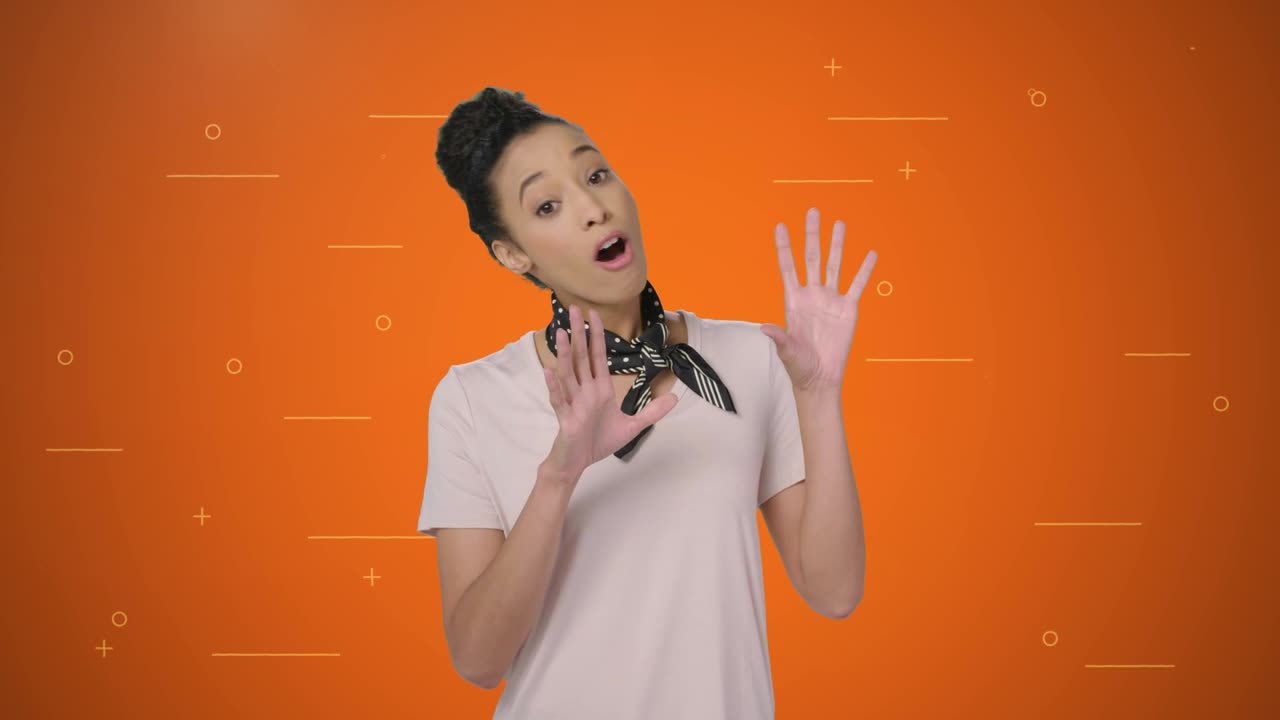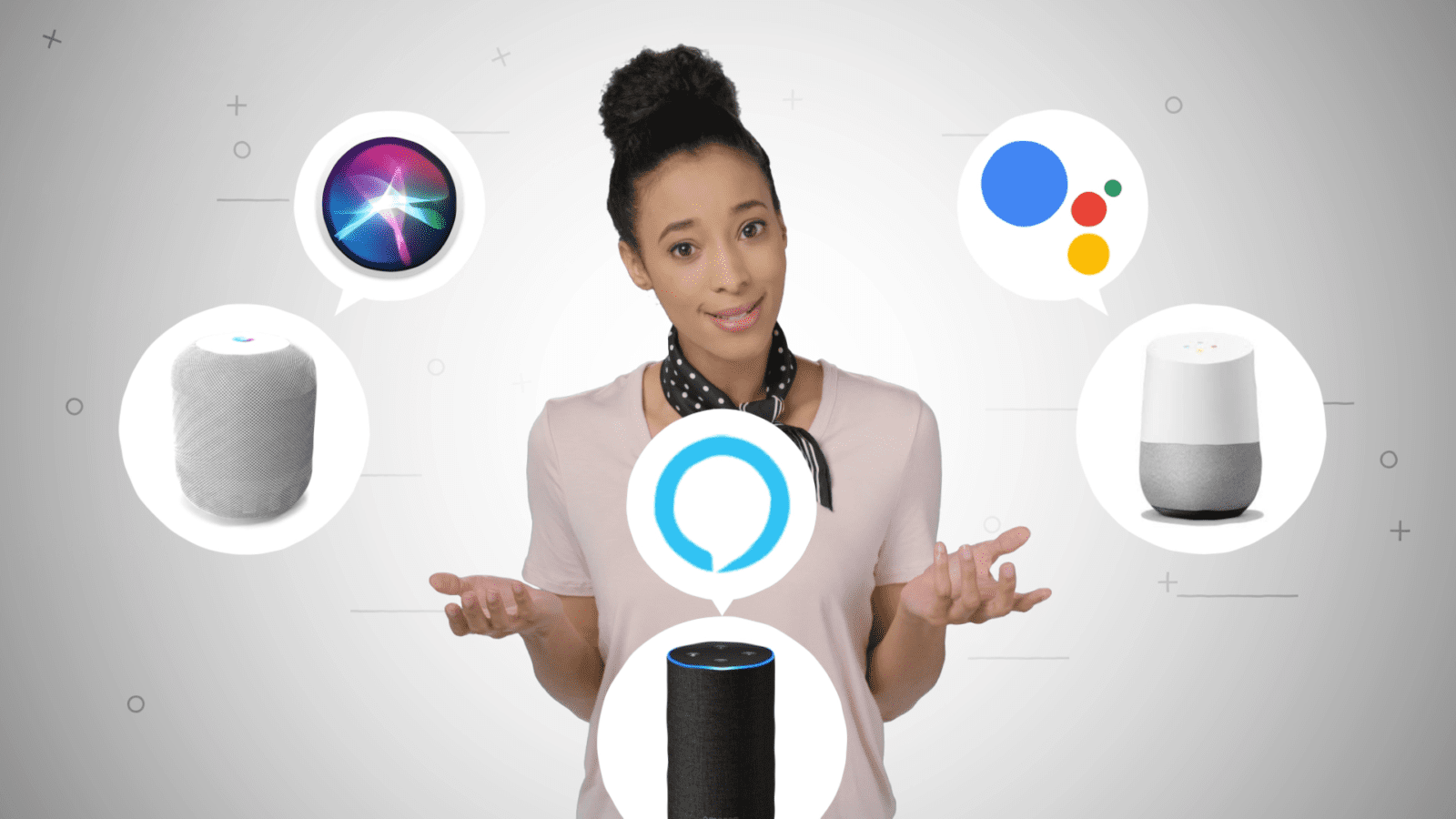How Chatbots Use AI to Serve Customers and Answer Questions
A quick dive into how question answering systems make chatbots and smart devices like Alexa, Siri, and Google Home work.
And now the rip-roaring finale of season two of Lucid Thoughts! In our sophomore season, we’ve talked about the difference between NLP vs NLU, how the Learning to Rank algorithm works, the burgeoning trend of neural IR search, the in’s and out’s of query intent classification, and how NLP and deep learning makes question answering systems work. The final episode with our trusty guide Tia has us looking at the world of virtual assistants and how they power chatbots and smart devices like Google Home, Apple’s Homepod, Alexa, and others. Watch now:

Virtual assistant and their close cousins chatbots work a little differently but are modeled after human conversations and have similar results and functionality.
In the workplace, this technology will mean you spend less time looking for data and documents at work and more time actually doing your job. Just ask a question, and natural language processing, machine learning, and entity recognition goes to work to get your question answered in a natural conversational format.

Types of chatbots include banking chatbots that help you handle your account, legal chatbots that sort through depositions, and of course customer support chatbots that help you solve your problem quickly and easily.
Thank you for joining us for our second season of Lucid Thoughts! You can binge-watch all of season two or jump on back to watch season one.
Subscribe to the Lucid Thoughts channel and be sure to leave your questions and comments on each video.